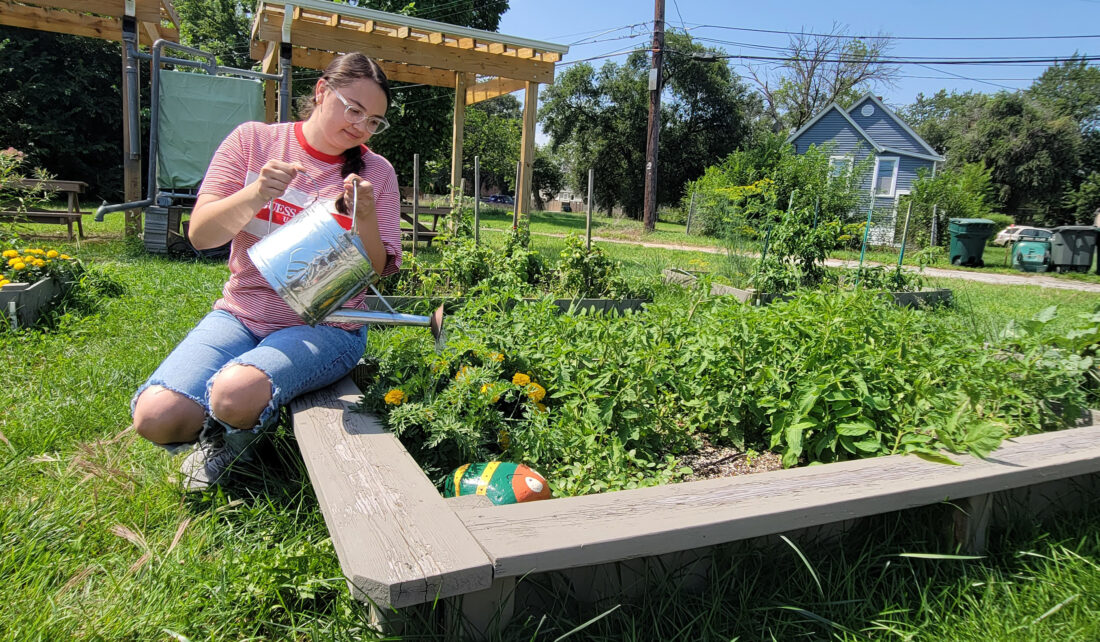
The 2023 issue of Illinois-Indiana Sea Grant’s magazine, The Helm, is now available. This annual publication is a collection of program research, outreach and education success stories as well as ongoing activities to address coastal concerns. This issue is focused on stormwater management with green infrastructure, PFAS, and more, including how students are learning about water quality through hands-on opportunities.
Here are some headlines from this issue:
- Green infrastructure helps communities—large and small—be ready for the future
- With a Hydrolab, Students study their own environment
- Study finds PFAS in all tested Lake Michigan sportfish and their prey
- Aquaponics offers high schoolers a hands-on way to learn science, math, and more
Illinois-Indiana Sea Grant is a partnership between NOAA, University of Illinois Extension, and Purdue University Forestry and Natural Resources, bringing science together with communities for solutions that work. Sea Grant is a network of 34 science, education and outreach programs located in every coastal and Great Lakes state, Lake Champlain, Puerto Rico and Guam.

